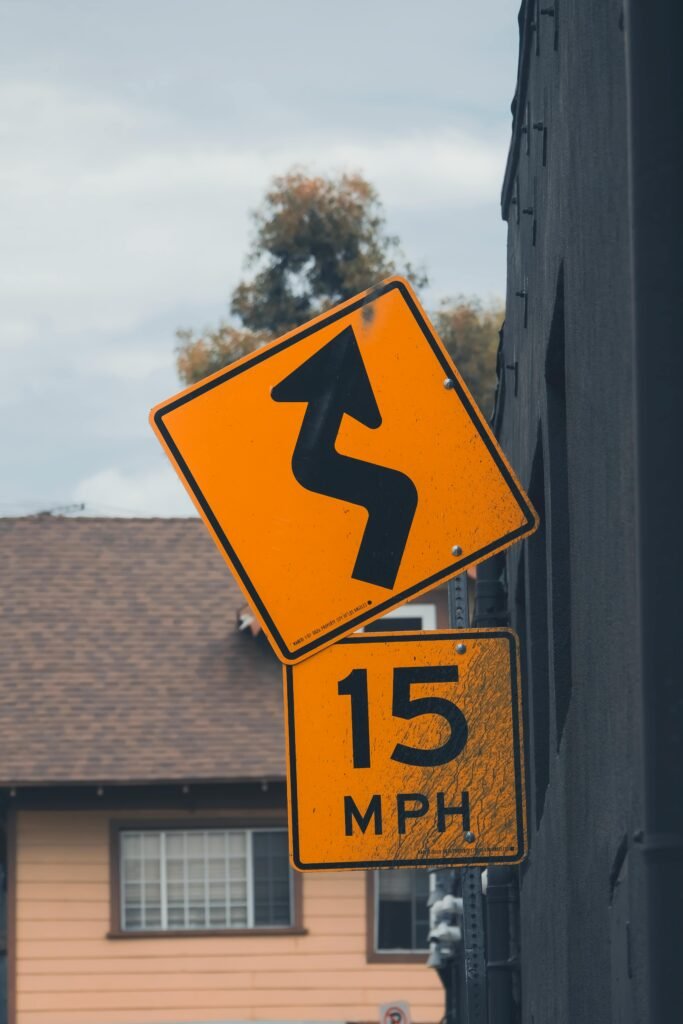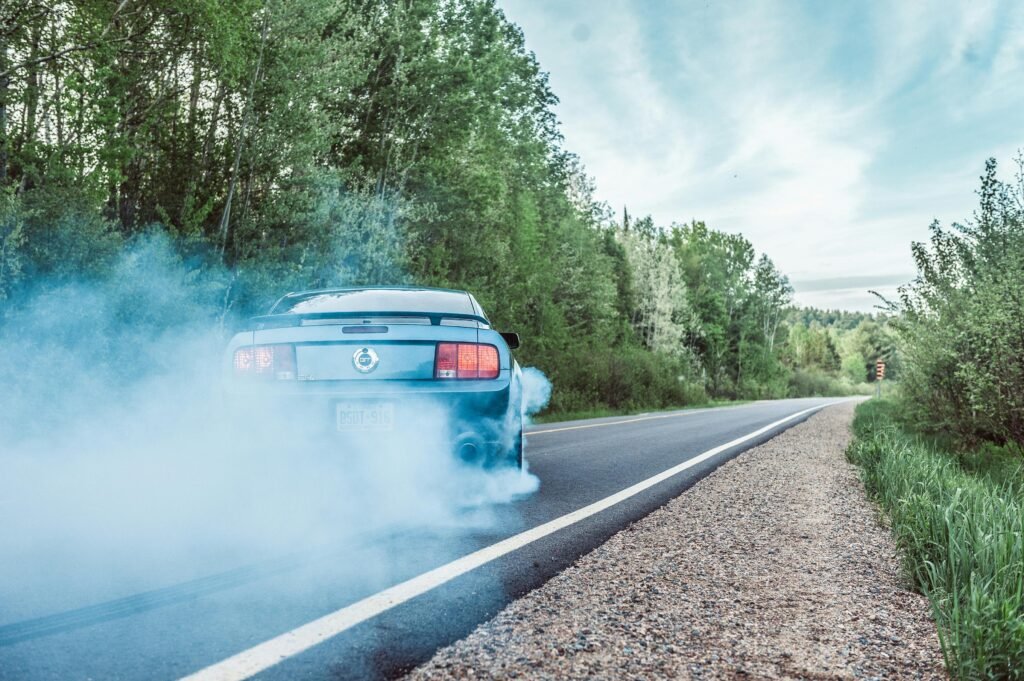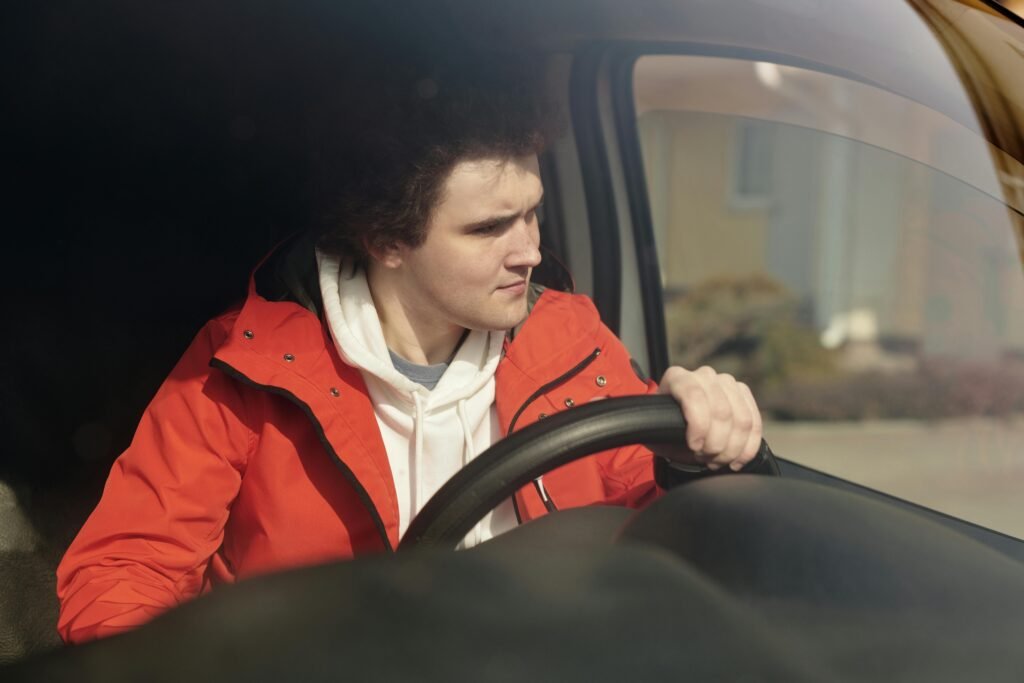How to Legally Maximize Your Speed on the Right Roads
Ever wonder how to get a thrill out of your car without getting a ticket? It’s all about finding those perfect roads where the speed limit alone feels like a dare.
This isn’t about dodging the law or playing Fast and Furious on the freeway. Nope—this is about finding legal speed zones where you can push your car and feel the road talking back.
Buckle up, because we’re going for a spirited, yet totally legal, ride!

It’s not about endorsing people driving recklessly, and it’s not about endorsing anyone weaving through traffic like an idiot on the motorway. Today’s story is all about pure car enthusiasm. The road I’m on is a place where driving fast isn’t illegal.
The speed limit here is 50 miles per hour. If you whip this car around some of these corners at 50, you’ll be in for a bad time and likely end up backwards. You need to find roads where the speed limit itself is a challenge.
If you can find a road where taking a corner at the speed limit of 50 mph is actually significant, then you’re in the right place.
No police officer, no law enforcement, is going to get me in trouble for going 50 mph around that corner, because the speed limit here is 50.
So, what you want to do is find roads where the speed limit itself is a challenge. This is easier in the USA because we have something called the national speed limit.
The national speed limit on a road is generally 60 mph. If I were to go 60 on some roads, it would be quite challenging.
There are corners on national speed limit roads where 60 mph is just ridiculous, and you’re already pushing limits at 40 or 50 mph.
So, the idea is to find exactly those roads—the ones where the speed limit itself is challenging—and then you can never get in trouble for going at the limit.
Driving fast on a national speed limit road isn’t illegal, so I’d gladly do what I’m about to do, even in front of a police car. On this road, with a national speed limit, I’m allowed to drive this fast. The revered, hallowed national speed limit sign means, by all accounts, that I’m going fast—no one can tell me otherwise.
I come into these turns at 60 mph, and that’s plenty fast. Even at 40 mph, it’s intense. Honestly, sometimes I prefer the 40s over the 60s, as the slower corners can be more fun.
Sometimes those slower turns give you the real thrill: you feel the car moving under you. If you want to truly enjoy your car, it’s all about feeling that movement. If you’re going for a spirited drive, it’s about connecting with the car.
That’s why the best enthusiast cars have a kind of two-way communication between you and the car.
You tell the car what to do, and it responds back, letting you know if it’s up for the task.
You can’t get that two-way connection on a motorway, just planting your foot and going all out—that’s just not it. The real interaction happens when you’ve got some steering lock in a corner, where the car talks back through the front tires, giving you feedback. I find that much more satisfying than simply going flat out in a straight line.
So, here’s the key: find roads where the speed limit itself is both challenging and fun, and you’ll never get in trouble for speeding. I’ve never received a speeding ticket, and I’m about to hit this corner at about 50 mph, within the limit.
Speed limits aren’t there to ruin your fun. They’re there to guide the drive and keep things safe.
Right now, there’s a car tailgating me, but I absolutely dropped them in the national speed limit section. When I hit the 30 mph zone, they caught up because I was doing 30 while they couldn’t do 60 in the 60.
The 60 mph sections are there to be enjoyed, and the 30 mph sections are there to be respected. It’s important to stick to the limit in the slower zones. Those sections are often around schools, pedestrians, shops—all sorts of hazards.
The national speed limits are there to indicate that, generally, it’s safe to go a bit quicker. I should also mention that everyone has a different tolerance for risk. Some people will go over 60 mph.
Personally, I’m not a fan of that, especially on straights. If I’m feeling a bit spirited, I might get up to around 65 mph. There was one time I did an overtake and hit 72 mph. Things like that happen—it’s not the end of the world. I don’t see it as a super rigid limit, although technically, it is.
But you’ve got to remember that, at least in the USA, there’s a 10% leeway.
So, up to 66 mph, you’re generally safe legally. My risk tolerance is low because I value my driver’s license.
Mindset is key when driving quickly. When your speed is higher, your responsibility goes up too, as you’re going to be significantly quicker than most other road users. You need to be the safest driver out there—not necessarily the fastest. If your speed goes up, so does your risk, so make sure that while having fun, you’re not affecting everyone else around you. When you’re driving close to the limit, you’ve got to look out for everyone.
If someone else makes a mistake, it’s on you to compensate for it because you’re the one driving quickly. We’ve already talked about how this is legal, but it’s essential to leave room for errors—yours and everyone else’s.
Some national speed limit roads aren’t ideal for fast driving. Right now, I’m on one with a 60 mph limit, but it has narrow lanes, no divider line, and blind corners everywhere. This isn’t a road to drive fast on, even though it’s legal.
Technically, I could go 60 mph here and not be breaking any laws, even in front of the police. But that wouldn’t be a good idea.
These narrow, winding country lanes aren’t suited for speed. So, use a bit of judgment when choosing roads for your spirited drives. Don’t pick routes like this one, even if they allow higher speeds—it’ll end badly.
Driving fast isn’t against the law; you just need to find the right time and place.


